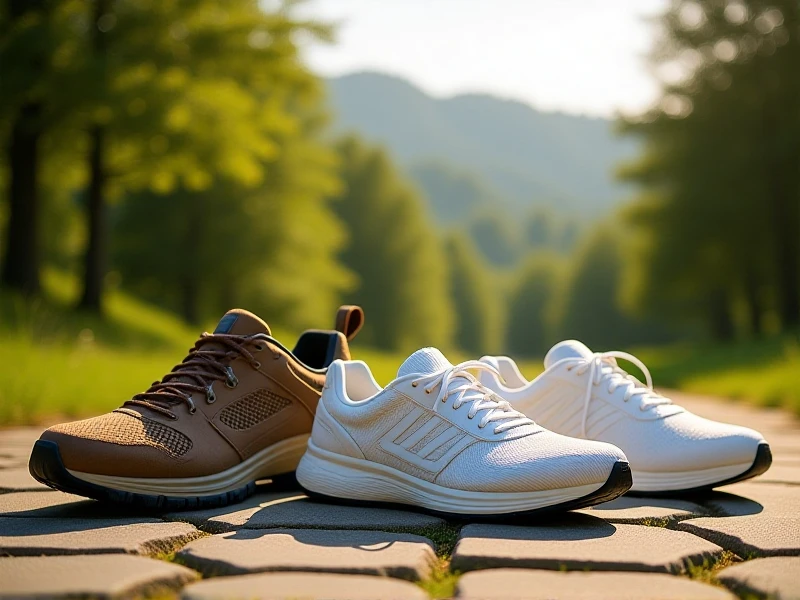
Your Ultimate Guide to Hiking Shoes: Traction, Comfort and Durability
Finding the perfect pair of hiking shoes can transform your outdoor adventures from a painful slog into a joyful exploration. Whether tackling rugged mountain trails, scenic forest paths, or rocky coastal treks, the right footwear is non-negotiable for safety, comfort, and performance. Understanding what makes excellent hiking shoes is key to investing wisely.
The foundation of any great hiking shoe lies in its sole. Look for aggressive lugs made of high-quality rubber (like Vibram) designed specifically for varied terrain. This provides the essential grip and traction needed to confidently navigate wet rocks, loose gravel, and muddy inclines. Slipping becomes far less likely, enhancing safety significantly.
Support and stability are crucial, especially with heavier packs or uneven ground. Quality hiking shoes offer excellent ankle support (mid-cut styles are popular) and feature firm yet responsive midsoles. Shanks (partial or full-length) embedded in the midsole add torsional rigidity, preventing foot fatigue on long descents and protecting your feet from sharp rocks.
Comfort reigns supreme for miles covered. Ample cushioning absorbs impact on hard surfaces, while strategically placed padding around the collar and tongue prevents chafing and blisters. Consider the fit critically: your toes shouldn't jam forward downhill, and there should be minimal heel slippage. Trying hiking shoes on later in the day when feet are slightly swollen and wearing the socks you hike in is essential. Waterproof (e.g., Gore-Tex) hiking shoes are popular for wet conditions, but remember they can be less breathable in heat. Lightweight, non-waterproof trail shoes offer better ventilation for warm, dry trails.
Weight matters, influencing agility and fatigue. Traditional hiking shoes offer robust protection and support, ideal for challenging terrain or heavy loads. Modern lightweight models provide superb agility and reduce energy expenditure on less technical trails or day hikes. Durability is paramount; robust uppers (leather or tough synthetic) resist abrasion and tearing, while reinforced toecaps protect against rocks.
Don't neglect proper care. Clean off dirt after hikes and allow hiking shoes to dry naturally, away from direct heat. Regularly check lugs for wear and treat leather uppers if applicable.
Choosing the right hiking shoes tailored to your typical terrain, weather, and load is an investment in countless happy miles on the trail. Prioritize fit, traction, support, durability, and weather suitability. Get fitted properly, understand your needs, and lace up with confidence for your next adventure!